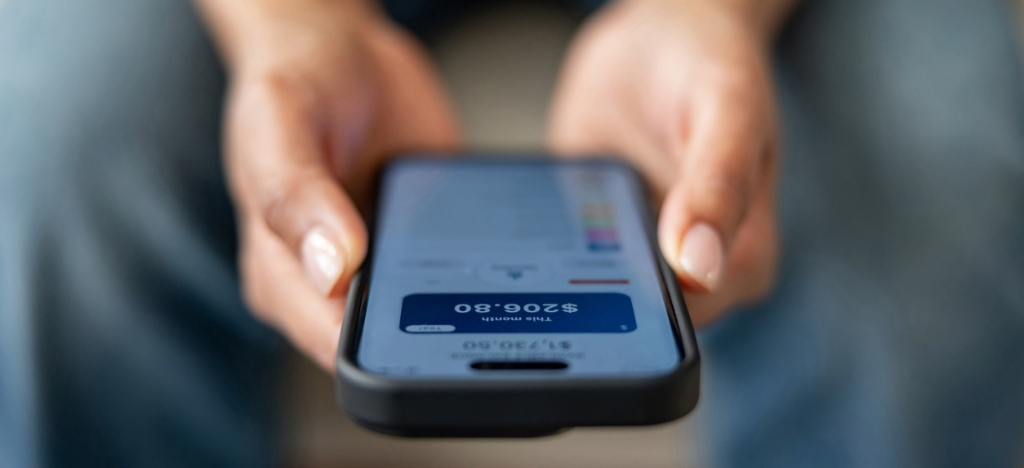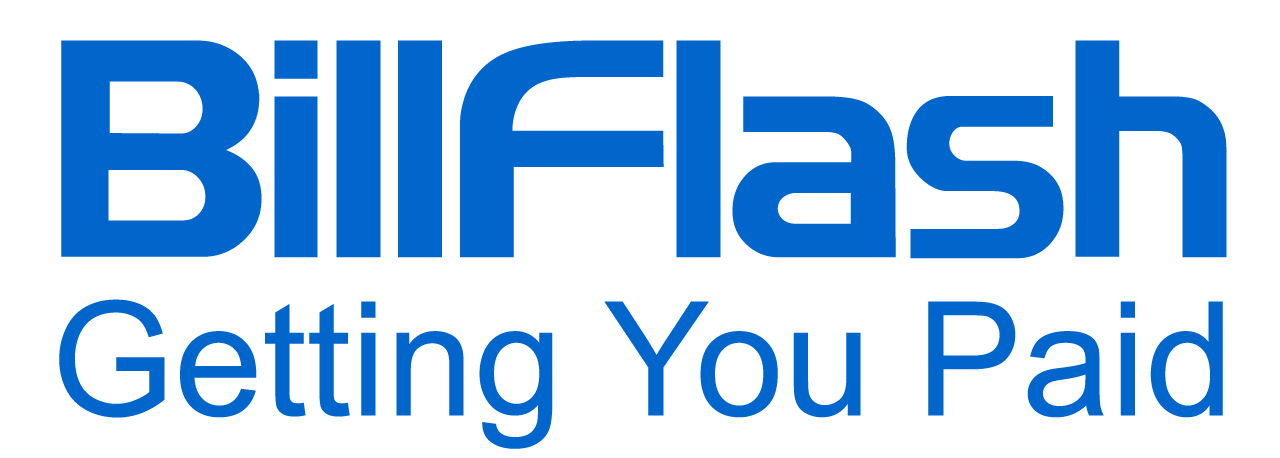Read on as we share five payment reminder challenges medical practices face, along with tips on how you can modernize your process.
Patient responsibility is at an all-time high, and collecting balances has become a challenge for medical practices of every size. High-deductible health plans, new insurance rules, and complicated patient statements mean your patients often feel confused about what they owe, while your practice is left waiting for payments that may never come. When your staff relies on manual payment reminder calls, your practice can easily lose valuable time and resources. Staff spend hours dialing phone numbers and leaving voicemails, sometimes reaching patients at inconvenient times. This results in missed or delayed payments and unnecessary stress for all involved.
Collecting payments does not have to be this difficult. The right modern strategies and tools can help your practice automate payment reminders, ensure clear communication with patients, and provide flexible payment options. Today, we'll share five payment reminder challenges medical practices face, along with practical tips for each one. These five tips will help bring your payment reminder process into the modern era.
Tip 1: Automate Patient Payment Reminders Across Multiple Channels
The Challenge
Your staff spends considerable time manually reminding patients about outstanding balances, whether through phone calls, paper, or email. These efforts are often inconsistent, and a missed payment reminder can lead to delayed payments and a significant strain on your cash flow. Manual processes also increase the risk of human error and make it difficult to ensure every patient receives timely notice. Your practice needs dependable ways to engage patients and encourage prompt payments.
The Solution
More practices are turning to automated solutions that handle their payment reminder process. Solutions like automated text and email reminders help your practice maintain consistent communication with patients about their balances while moving the payment process forward. Automation reduces the burden on your staff, minimizes mistakes, and reminds patients on schedule without requiring follow-up calls or letters. Practices that implement automated reminders see payments arrive faster, with collections improving by as much as 75% in some cases.
One example of an automated solution that handles reminders for you is BillFlash PayReminders. With BillFlash PayReminders, you can put your billing on autopilot by automatically sending up to three reminders via email and/or text each month until the balance is paid. The notices are sent 7, 14, and 21 days after the first bill is sent. Once patients make a payment, reminders stop immediately, eliminating duplicate reminders and wasted effort. This keeps your patients informed and on track, while your staff can focus on other priorities.

Tip 2: Reduce Staff Payment Reminder Calls
The Challenge
Managing patient collections often means your staff spends valuable time making repetitive payment reminder phone calls. About 88% of providers reported relying on manual processes, including phone calls, to collect payments. While these calls are important, they come with hidden costs, especially during busy billing seasons. Every outbound call adds work, and phone call fatigue is a genuine concern. Each minute your staff spends on billing calls is a minute taken from patient care, leading to burnout, lower morale, and slower practice workflows.
The Solution
Automated payment reminders can replace most routine collection calls. This ensures every patient with an unpaid balance receives timely and consistent communication from your practice. This allows your staff to focus on exceptions, such as patients requiring extra attention, rather than spending hours on collections. Practices that adopt automation not only reduce overhead but also create an improved work environment, especially during peak billing periods.
For practices looking to take automation even further, BillFlash's PreBill solution lets your practice invite patients to pay charges before their appointment. You send a secure, HIPAA-compliant link by text or email, and patients click through to PayWoot.com to view their pre-visit charges and make the payment. This shifts payments to an earlier stage in the process without requiring additional manual work from your staff.
Tip 3: Use Clear, Patient-Friendly Statements
The Challenge
Nothing slows down payments faster than a confusing patient statement. Medical billing often involves complex codes and terminology, which makes the financial experience particularly confusing. Patients are much more likely to delay payment when they can't understand their bill. A US Bank healthcare payments report found that patients list confusing medical bills as a top reason for delaying payments. Too much jargon and complicated language frustrate patients and slow down your revenue cycle.
The Solution
Every patient statement or payment reminder your practice sends should use plain language, clearly show what’s due and how to pay, and remain consistent across all channels (i.e., Mailed Bills, eBills, payment portal). With modern medical billing software, staff can send statements in just a few clicks, outsourcing the manual work of printing, stuffing, stamping, and mailing. Mailed bills can be sent the next business day, ensuring patients receive information quickly.
For Mailed Bills, include a scannable QR code or payment link so your patients can quickly access a secure portal, avoiding extra searching or steps. BillFlash uses PayWoot.com, where patients can view and pay their bills instantly, even as a guest. For eBills sent by email or text, the payment link takes patients to the same portal. This consistency means patients always know where to go and what to do, no matter how they receive their bill. This makes the payment reminder process clear and hassle-free.
With BillFlash, a free online eBill is provided for every paid eBill Notice and/or Mailed Bill, so your patients can always access current and past bills online. These direct patients to view and pay online, speeding up collections and lightening your staff's workload. This clarity and convenience result in faster payments and fewer follow-ups.

Tip 4: Offer Flexible Payment Options to Reduce Delays
The Challenge
When payments are high, one fixed payment date may not be realistic for many of your patients. A large share of consumers struggle with high bills; approximately 44% of patients reported they cannot pay a bill greater than $1,000 in full, and 52% reported they would enroll in a payment plan for large balances. When payment options are not flexible, late payments and repeat reminders become more common.
The Solution
Offering flexible payment options helps your patients manage their healthcare costs and keeps your revenue cycle on track. With BillFlash, your practice can accept payments online, in-office, by phone, by mail, and even through mobile wallets like Google Pay and Apple Pay. Patients can pay with major credit or debit cards, use eCheck, or save their card information securely for future payments.
If your patients need more time to pay, a solution like PlanPay allows you to set up structured installments, while AutoPay handles recurring payments automatically. For larger balances, FlexPay gives patients the option to finance their bills in installments. The application takes less than one minute to finish and requires no hard credit check. Every approved patient is also guaranteed a 0% interest financing option.
According to the US Bank healthcare payments report, 77% of practices already offer in-house payment plans, and nearly half (48%) provide a Buy Now, Pay Later option. Practices that adopt these flexible options see fewer patients defer payments, leading to fewer reminder cycles and stronger cash flow.
When patients choose FlexPay, your practice receives the full payment upfront (usually the next business day), while BillFlash manages the payment plan and collects from the patient. By offering flexible options like FlexPay, you help your patients access the care they need and create a smoother, more reliable payment process for your practice.
Tip 5: Integrate Your Payment Reminder Process With Your Billing System
The Challenge
Managing billing, payment reminders, and collections across multiple platforms or disconnected agencies can create gaps in your revenue cycle. These gaps often result in duplicate billing, missed accounts, and increased manual work for staff. Many providers still fail to collect 30-50% of outstanding patient balances. With so much at stake, a comprehensive payment reminder process is essential for managing past-due accounts and ensuring timely collections.
The Solution
Integrate your patient communications and collections with your primary billing platform. This approach ensures information flows smoothly and helps your staff save time. BillFlash, for example, connects with over 100 practice management systems, enabling your staff to access your existing billing data.
When balances become overdue, BillFlash Integrated Collection Services allows you to easily approve and send accounts for recovery, without sacrificing continuity or control. You set the rules, choose which accounts go to collections, and retain visibility into every patient contact and recovery step. Licensed Recovery Specialists in all 50 states treat patients with respect and receive ongoing training for compliance and courtesy. With 75% of our Recovery Specialists being bilingual, language is never a barrier.
If patients cannot pay in full, payment plan options are offered, increasing the chances of recovering balances that might otherwise go unpaid. Collected payments are deposited directly into your BillFlash Pay Services account, so you never wait for a collection agency to send funds. By managing everything in one workflow, you eliminate mismatched reminders and overlooked patient statements. This way, you are freeing your staff for more productive work and supporting a healthier revenue cycle.

Modernize Your Payment Reminder Processes With BillFlash
Modernizing your payment reminder process is about more than using new technology. It's about removing barriers so your practice receives payment faster, your staff works smarter, and your patients feel cared for every step of the way. By applying the above five tips, you can modernize the way you collect balances. With the right tools, reminders become automatic, statements become straightforward, payment options become more flexible, and your revenue cycle remains efficient.
Ready to see how it works? Schedule a demo with BillFlash today to see how our billing, payment, and collection software can simplify your reminder process and help your practice thrive.

